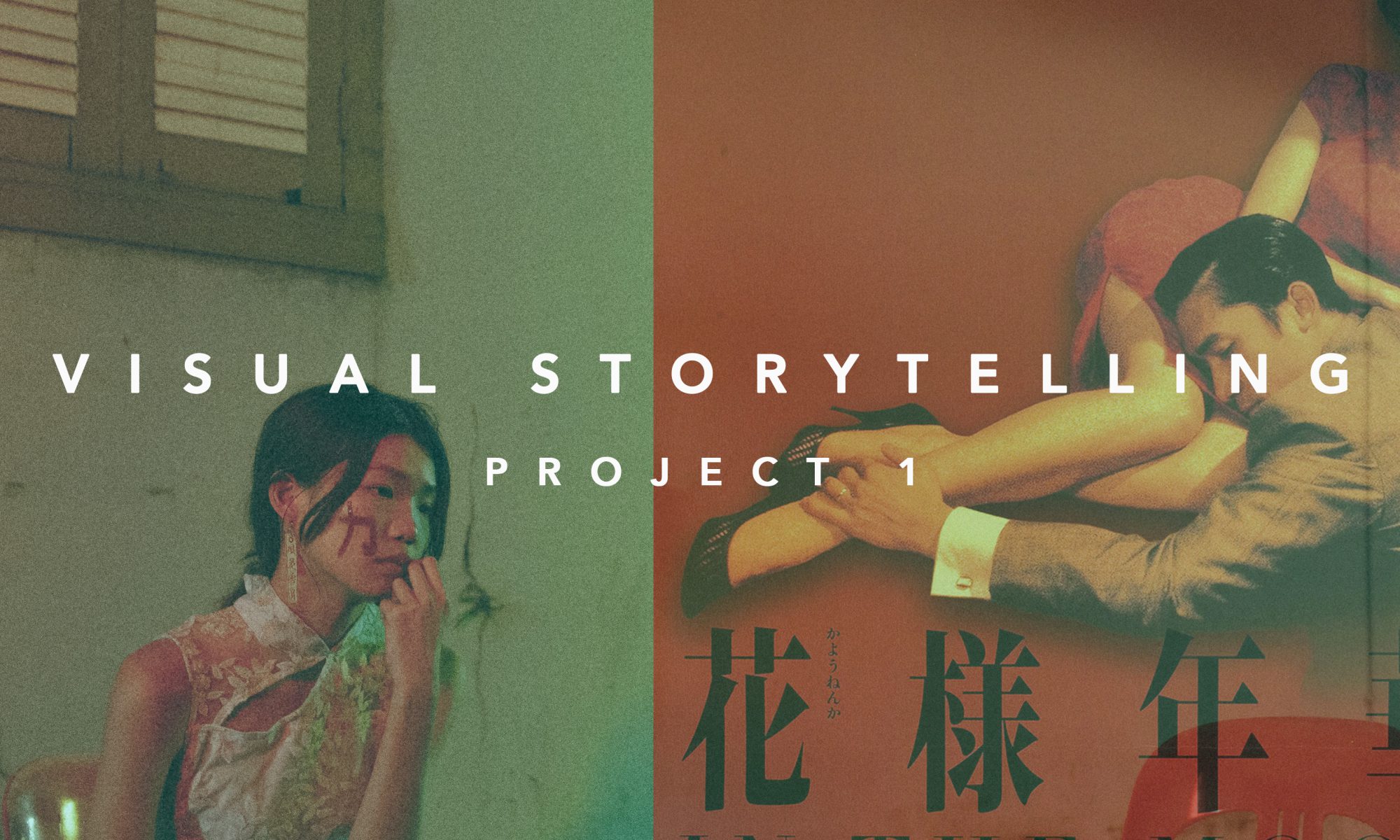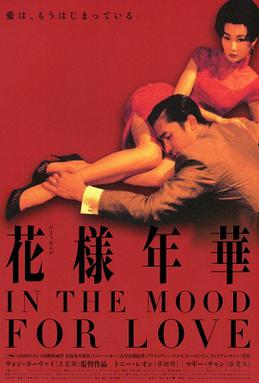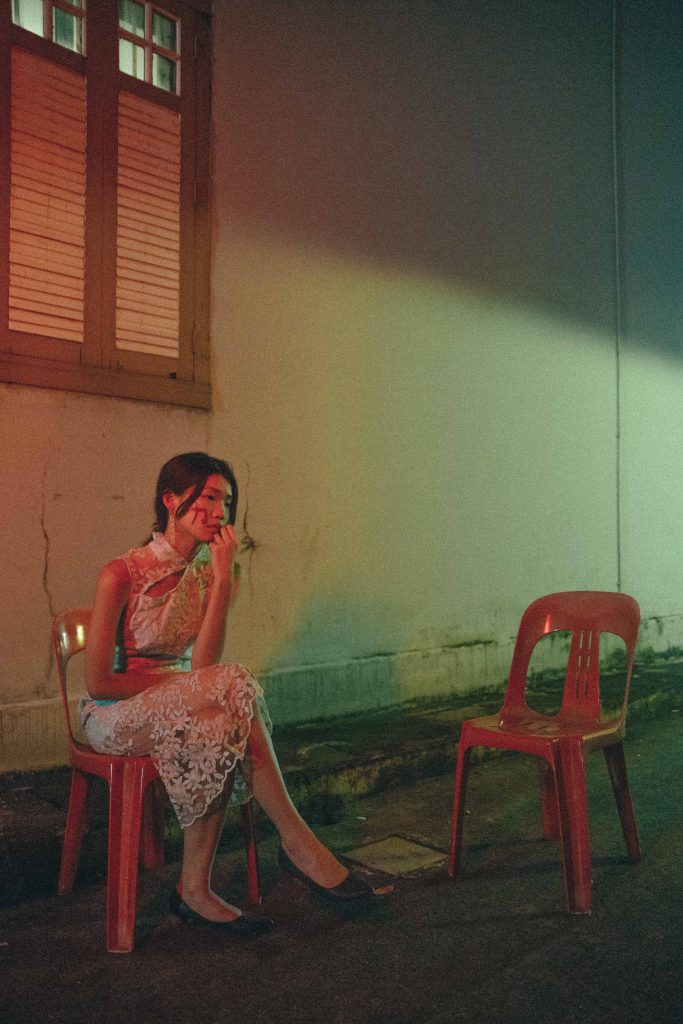For project 1, the character I’ve chosen to represent is Su Li-Zhen (Mrs Chan) from Wong Kar Wai’s in the mood for love (2000).
Mrs Chan was interesting to me as a character to explore as she is an iconic character in Hong Kong cinema. This character also has a complex & rich story that goes past surface level characteristics.
The story of Mrs Chan in the film is that she finds out her husband is cheating on her with Chow Mo-wan (Tony Leung) wife. Together, they re-enact the scenarios of what their spouses would do together but in the process end up falling in love with each other. Throughout the film she is often seen being lonely because her husband always goes on his long business trips.
For the framing of my composition, I use negative space to create the sense of isolation that the character feels. I asked the model to pose with a gaze, her line of sight looking towards something we cannot see. This is to make the viewer have this feeling of expectation, like we expect something from the opposing direction, but there is nothing there. This is to help empathise with the character’s feeling of loneliness & longing from her husband who goes on his work trips. This is further pushed by the model’s pose which is more closed up & reserved.
For the props in the image, I used 2 red chairs, this was to symbolise a couple & also feelings of romantic love. But also to create a sense of organised imbalance in a composition that if without the model, has become the potential to become something symmetrical.
This was to show Mrs Chan’s battle of loneliness as she dealt with the absence of her husband.
With the lighting I used & the perspective of the alleyway, there is a leftward dynamic of implied leading lines towards the character, bringing focus to the subject.
I wanted to let the viewer reinterpret the image on 2nd glance, bringing attention to the profile of the character with the word “li” on her face. Which is the Chinese word for strength.
In terms of Culture, it shows through in Chinese drama movies. The male protagonists are supposedly the weaker character yet the female protagonists are also weak because of their lack of power. In conclusion, everyone is weak.
Even though the inner strength of the female is supposed to show through, this is one major difference between Western and Eastern cinema. In western cinema, the culture is very masculine and strong; therefore, the movies depict a strong male with a secondary female character who may or may not be strong, but never as powerful as the man.
In Asian dramas, what is unseen is sometimes more powerful than what the audience is visually shown.
This is why, even though women in China in the 1960s were not able to make the choice to leave their husbands, the audience sees the internal struggle of Mrs. Chan throughout the whole movie and settles for her being the stronger character among the two protagonists.
Hence, I have chosen to show explicitly in my composition what was originally the subtle part of the character in the film with the word “Li” on her face.
These were some of the aesthetic choices made to create a narrative in the composition that tells the story of the character Mrs Chan as well.
The 2 main colours in the photo are red & green, they are complementary colours. Red evokes an emotional response, red is commonly associated with intense feelings like danger or wrath & is used in danger signs. But red also brings attention to the subject.
In Chinese context, red also stands for prosperity, but also sexuality and lust which complements the narrative of the image. In the film, Mrs Chan & Chow Mo-Wan’s feelings grow for each other, but their relationship never becomes a sexual one. They never have sex in the film nor do they kiss each other.
Using red as a colour on it’s own is flat, I brought in greens to complement the image as green evokes a completely opposite response to red.
Green is commonly used in symbols of safety & security, but green can also stand for envy & jealousy in an Asian context.
When used together, it creates & allows the viewer to experience the same kind of emotional conflict the character is feeling.
It was a challenge to show such subtle nuances of the character visually, but it was a challenge to learn how to push the semiotics of an image to create more powerful looking images that tells a story solely on visuals.





